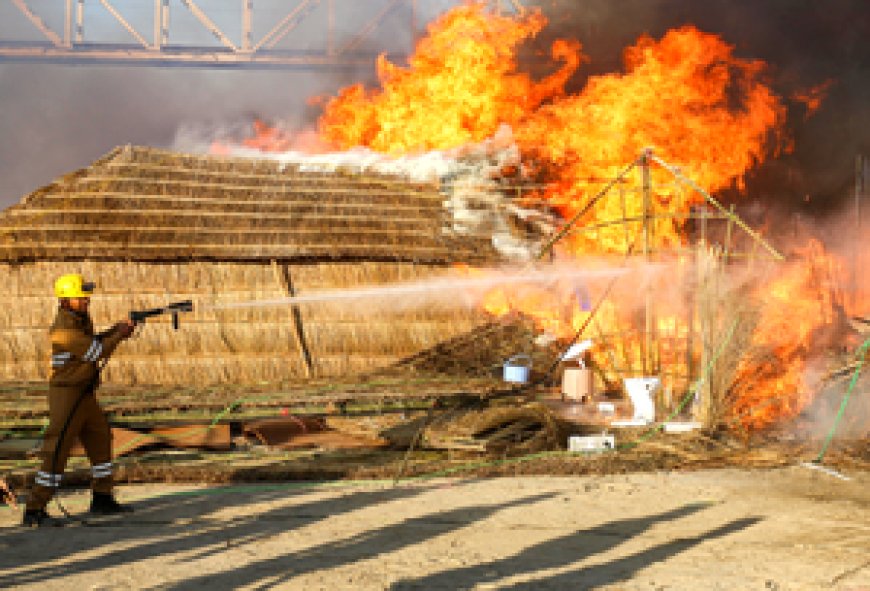Firefighters at Risk: Study Links Occupational Chemical Exposure to Brain Cancer
A recent study highlights a potential link between firefighting and an increased risk of gliomas, a type of malignant brain tumor. Firefighters exposed to haloalkanes—chemicals found in flame retardants and fire extinguishants—may have a higher chance of developing harmful genetic mutations.

The Link Between Firefighting and Gliomas
Gliomas are aggressive brain tumors that originate in the glial cells, which support and protect neurons in the brain. They are known for their rapid progression, affecting cognitive abilities, motor functions, and overall neurological health. While gliomas are rare, with an incidence rate of fewer than 6 per 100,000 individuals annually, occupational exposure to harmful chemicals is emerging as a potential risk factor.
Key Findings of the Study
The study examined 35 participants, 17 of whom had a history of working as firefighters. The researchers analyzed their genetic profiles and found:
- Higher Presence of Haloalkane Mutations: Firefighters were more likely to exhibit a mutational signature linked to exposure to haloalkanes, which are commonly found in flame retardants, fire extinguishants, and refrigerants.
- Years of Exposure Matters: Those who had worked as firefighters for an extended period showed a greater likelihood of developing this mutational signature.
- Occupational Hazards Beyond Firefighting: Some non-firefighter participants who worked in jobs such as car painting and machine maintenance also showed similar mutational signatures, suggesting exposure to the same hazardous chemicals.
Why Haloalkanes Are a Concern?
Haloalkanes are chemical compounds used in multiple industrial applications, particularly in fire suppression systems. While they serve crucial functions, their potential health risks have raised concerns among researchers. Prolonged exposure to these compounds may cause DNA mutations, increasing the likelihood of developing various cancers, including gliomas.
The Need for Enhanced Safety Measures
Given the study’s findings, it is crucial to implement and improve safety measures for firefighters and workers exposed to toxic environments. Some key recommendations include:
- Improved Protective Gear: Firefighters should be equipped with advanced respirators and flame-resistant suits that minimize chemical exposure.
- Regular Health Screenings: Early detection through regular neurological check-ups and MRI screenings can help identify potential risks.
- Stronger Occupational Safety Regulations: Government agencies and workplace safety organizations should enforce stricter guidelines on the use of flame retardants and fire extinguishants containing haloalkanes.
- Decontamination Procedures: Firefighters should follow proper decontamination protocols after exposure to hazardous materials to reduce health risks.
Conclusion
While firefighting remains a vital and honorable profession, it is essential to recognize and address the associated health risks. This study sheds light on the potential dangers of prolonged exposure to haloalkanes and their connection to gliomas. More extensive research is needed to confirm these findings and develop concrete safety solutions. Until then, preventive measures, proper protective equipment, and occupational health awareness can help reduce the risk for firefighters and other exposed workers.
By acknowledging these risks and taking proactive steps, we can ensure the well-being of those who put their lives on the line to protect others.
What's Your Reaction?


















































